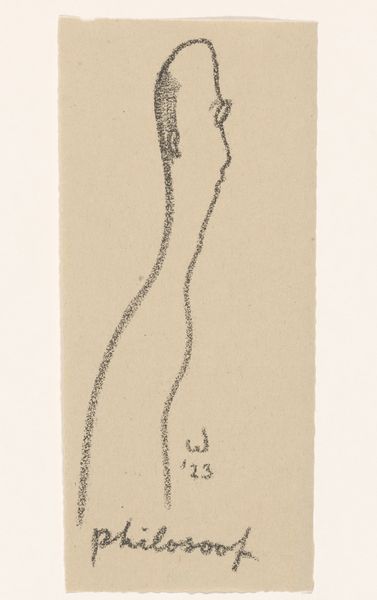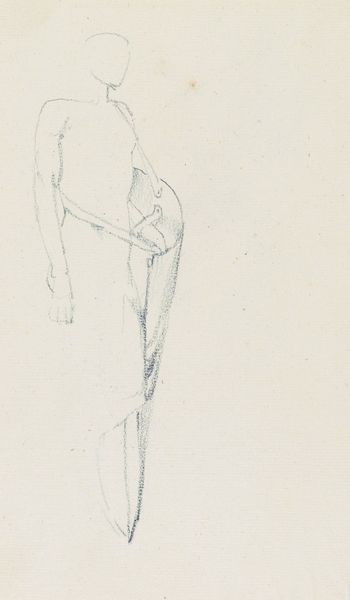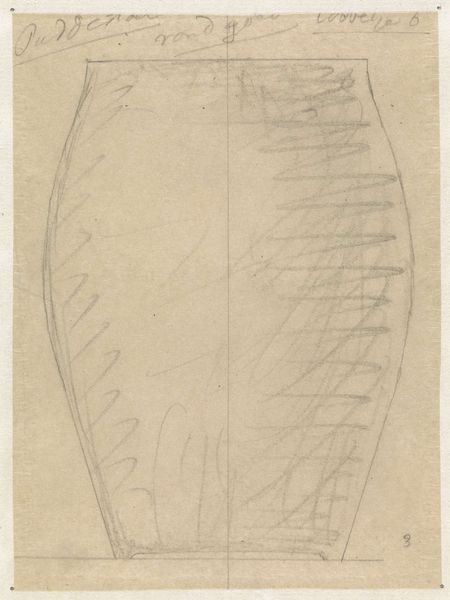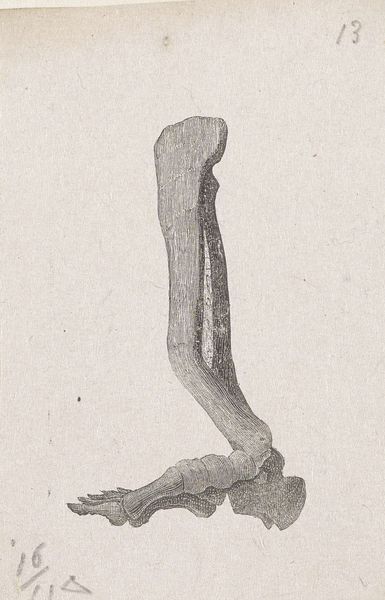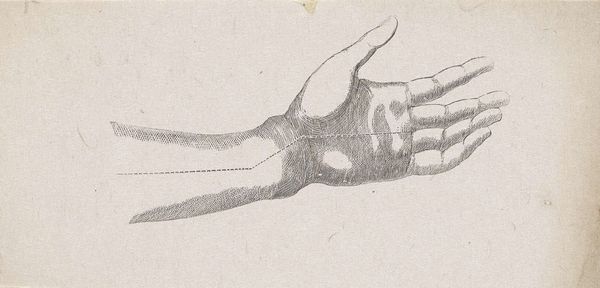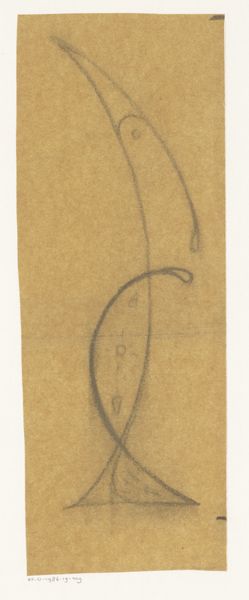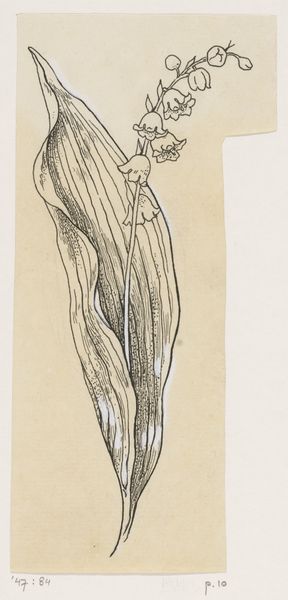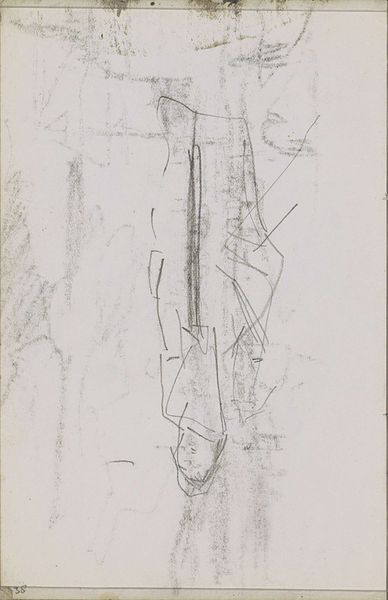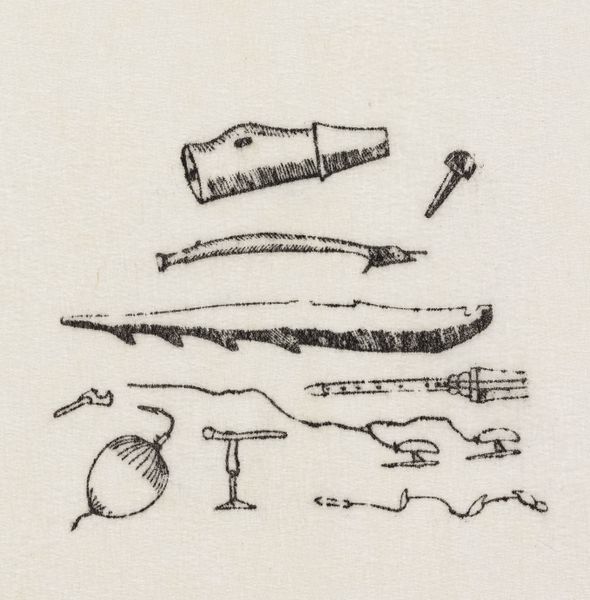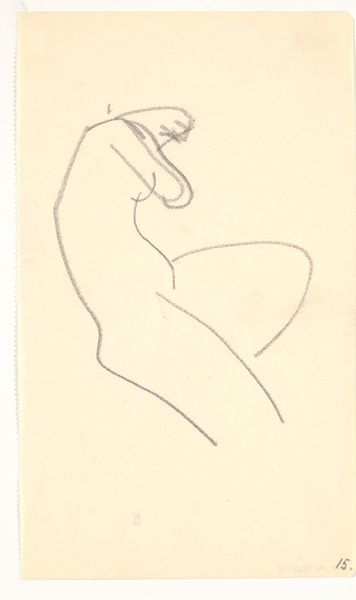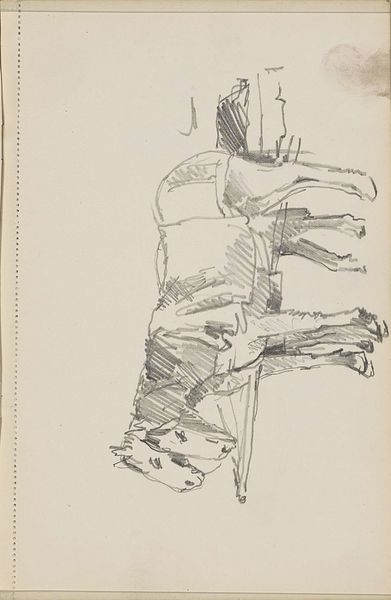
drawing, ink
#
drawing
#
baroque
#
figuration
#
ink
#
line
Dimensions: height 52 mm, width 25 mm
Copyright: Rijks Museum: Open Domain
Curator: Here we have "Bloedvaten," or "Blood Vessels," a drawing attributed to Lucas Kilian, made sometime between 1589 and 1637. It's an ink drawing done in a strikingly precise line, typical of the Baroque period. Editor: Whoa. Okay, that’s…intense. Kind of makes you realize what's really under our skin. It's almost sterile in its presentation, like a page ripped from an old medical textbook, but simultaneously kind of organic. Disturbingly so. Curator: Indeed. The Baroque, even in scientific illustration, carried a flair for the dramatic. Blood, symbolically, carries so much weight: life force, familial ties, sacrifice. You see here the influence of Andreas Vesalius and the detailed anatomical depictions of the time, striving for scientific accuracy. Editor: Makes me think about how blood has been used symbolically – not just in science but in religious and ritual contexts as well. I mean, think about communion or blood oaths. All this meaning is kind of…trapped, I guess, in those stark lines. Curator: Precisely! And it speaks to cultural attitudes, the attempt to categorize and understand the body as both a mechanical and spiritual entity. Even the simple act of illustrating veins becomes a cultural statement, mirroring humanity's complex relationship with mortality. Editor: I suppose so. Even today, with medical visualization technology, you still have to select which bits of the image to present to others and how they will be colored or rendered…all very subjective when you get down to it, no? Curator: Absolutely! Each age visualizes its anxieties and hopes, even in anatomical depictions, offering a peek into what preoccupies its collective unconscious. Kilian's drawing acts like a memento mori; a reflection on something unseen but vital and profoundly mortal. Editor: Well, next time I'm feeling faint, I'll just think about this image and…maybe find a quiet spot. All I’m sure of is, those veins, even drawn, aren't as boring as I may think. Curator: Exactly, thank you, that will hopefully make us contemplate the beauty, complexity and the transient nature of life.
Comments
No comments
Be the first to comment and join the conversation on the ultimate creative platform.
